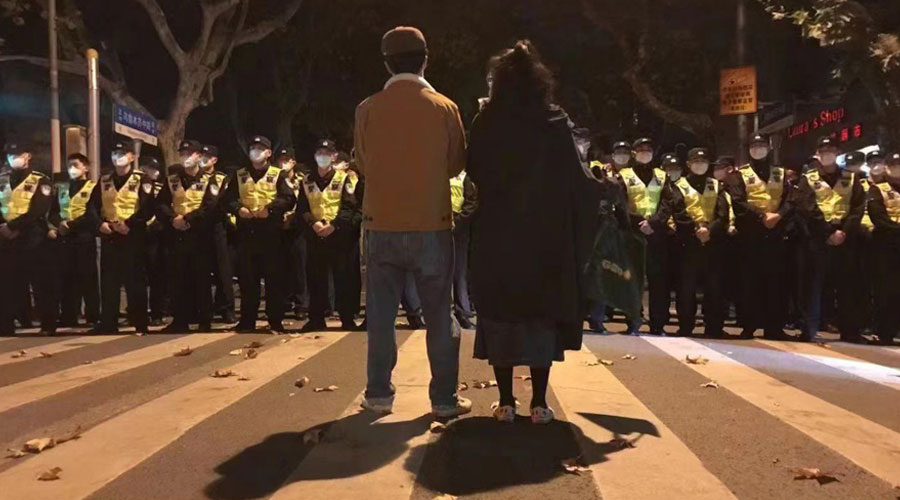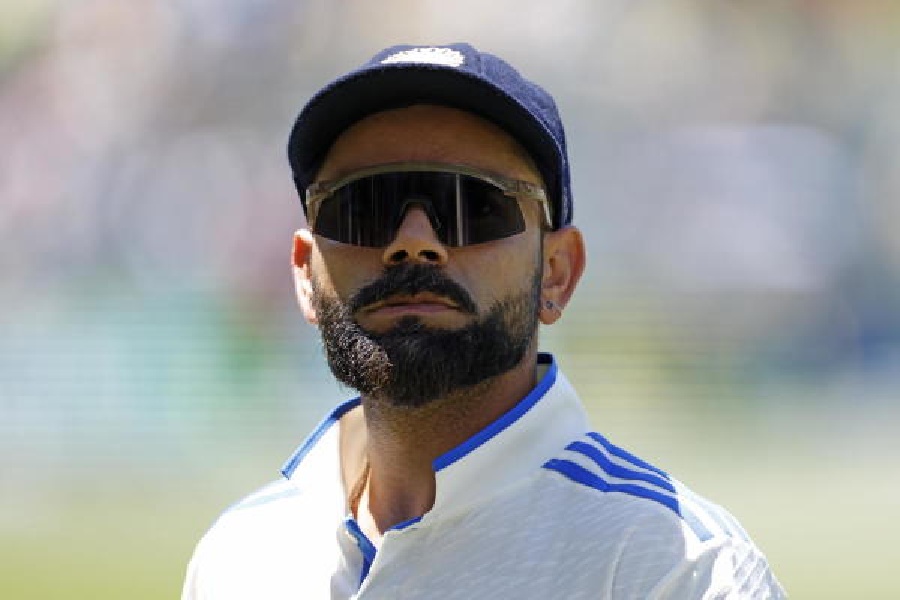In one video, a man sarcastically sings a patriotic song. In another, a group of protesters hold up blank pieces of paper and chant in unison. In a third clip, a group of mourners light candles around a vigil to those who died in a fire while in lockdown in western China.
Signs of organised dissent are rare in China; so is their survival in the country’s digital space. China’s censorship apparatus — the most sophisticated of its kind in the world — has hunted down and deleted countless posts on social media showing the eruption of protests and anger at the government.
Yet over the past few days, as Chinese people frustrated by severe Covid lockdowns have taken to the streets, videos of the marches and rallies have continued to surface on Chinese sites such as WeChat, a chat app, and the short video sharing app, Douyin.
Experts say the sheer volume of video clips has likely overwhelmed the automated software and armies of censors China has tasked with policing the Internet.
“This is a decisive breach of the big silence,” said Xiao Qiang, a researcher on internet freedom at the University of California, Berkeley.
“Once the anger spills onto the street it becomes much harder to censor,” he added, pointing out that hundreds of demonstrators and onlookers posting videos from different angles is much harder for an algorithm to screen than a single key viral video.
Internet users are also flipping videos on their side, using filters on them, or recording videos of videos — creative tactics that have tripped up algorithms designed to flag the content. Adding to the challenge for Chinese censors, the protests have shown that a growing number of Chinese people are using software to access sites like Twitter and Instagram, which are blocked in China. Such foreign sites are beyond the reach of China’s censors, and can act as repositories for the videos, allowing them to be re-downloaded and reposted after they are deleted.
The sheer amount of footage speaks to the deep well of anger inside China against the country’s Covid policies that have affected hundreds of millions of people, especially over the past year. If China wanted to scrub the content completely, it would need to hire more people and develop far smarter algorithms, according to a former censor.
(New York Times News Service)











